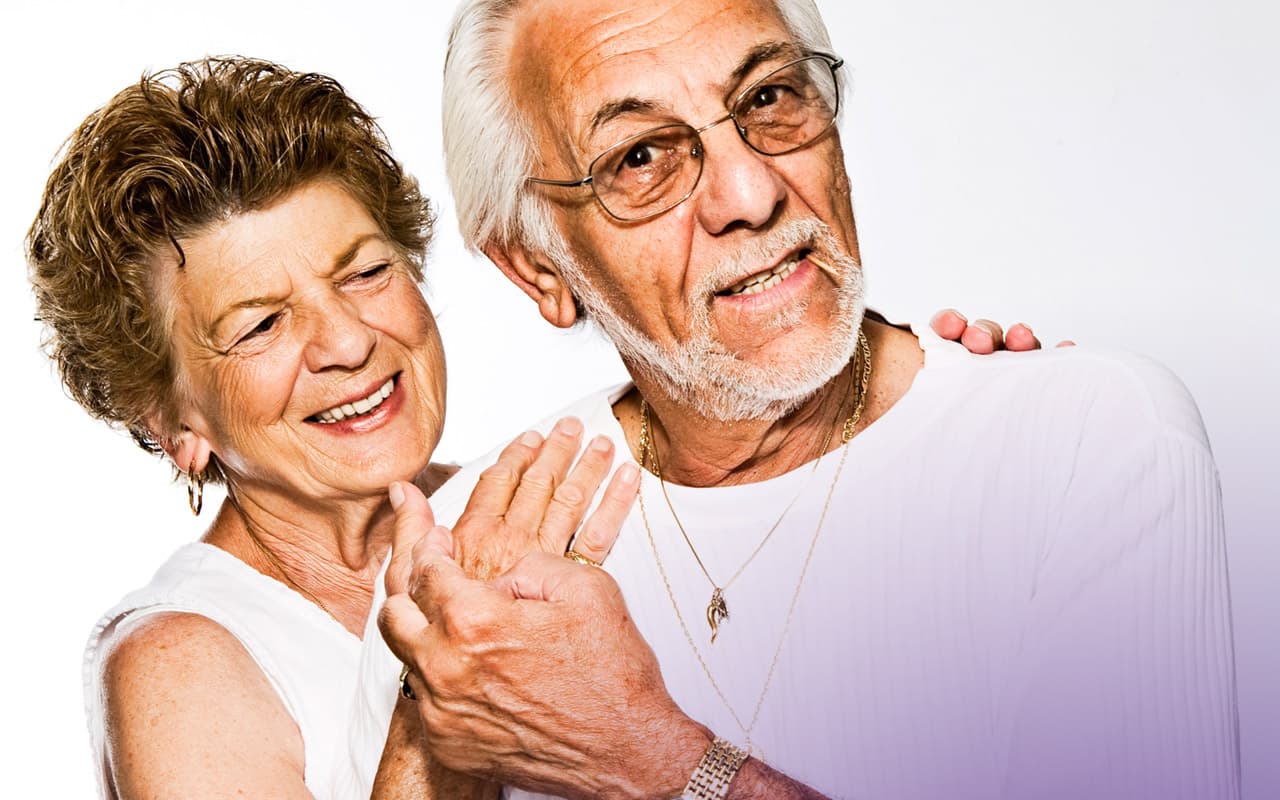High blood pressure affects people of all ages, but it's especially common in seniors. One study, conducted by the U.S. Centers for Disease Control and Prevention (CDC), found that more than 63% of Americans aged 60 and older have hypertension.
If you have high blood pressure or care for someone who does, it's important to make healthy lifestyle changes. Minor adjustments to your diet and lifestyle can improve your quality of life and significantly reduce your risk of heart-related health problems.
Since February is American Heart Month, we wanted to highlight some of the products we carry that can help monitor your blood pressure. Before we get there, though, it's important to understand what high blood pressure is and how to know if you're at risk.
What is high blood pressure?
High blood pressure is a chronic medical condition that occurs when the force of the blood pumping through your arteries remains high for months or even years at a time. Unfortunately, the condition rarely presents symptoms, so you might be at risk and not realize it.
A blood pressure reading features two numbers –– your systolic and diastolic blood pressure. The American Heart Association considers a blood pressure reading of 120/80 millimeters over mercury (mm Hg) as normal.
Systolic blood pressure (the top number) measures how much pressure your heart exerts while beating; diastolic blood pressure (the bottom number) measures the amount of pressure in your arteries between beats.
You can use a blood pressure reading to determine your risk of heart disease. Your risk of heart disease depends on the level of hypertension you have –– elevated, stage 1, stage 2, or a hypertensive crisis.
Elevated: You have elevated blood pressure if your systolic pressure is between 120-129 and your diastolic pressure is less than 80.
Stage 1 hypertension: Stage 1 occurs if your systolic pressure is between 130-139 or your diastolic pressure is between 80-89.
Stage 2 hypertension: Stage 2 occurs if your systolic pressure is 140 or higher or your diastolic pressure is 90 or higher.
Hypertensive crisis: Hyperintensive crisis occurs if your systolic pressure is higher than 180 and/or your diastolic pressure is higher than 120.
What are the types of high blood pressure?
High blood pressure falls into two categories –– primary high blood pressure and secondary high blood pressure.
Primary high blood pressure. Primary high blood pressure develops slowly, as you get older. Several factors increase your risk of primary hypertension, including eating a poor diet, living a sedentary lifestyle, and smoking.
Secondary high blood pressure. Secondary high blood pressure occurs suddenly, often because of an underlying health problem. Factors that might increase your risk of secondary hypertension include kidney disease, thyroid disorders, or a hormonal imbalance.
Does hypertension increase my risk of other health problems?
If you're concerned you might have hypertension, or you have one of the risk factors, like an underlying illness, it's important to make an appointment with your primary care provider. Early diagnosis and treatment can significantly reduce your risk of a heart attack or a stroke and enhance your cardiovascular health.
How is hypertension diagnosed?
The only way to diagnose hypertension is with a pressure-measuring cuff. Generally, your primary care provider takes your blood pressure at each check-up. If you have an elevated reading on more than two separate tests, your provider develops a treatment plan to keep your numbers in check.
How is high blood pressure treated?
Treatment of high blood pressure typically includes a combination of prescription medication, patient education, and healthy living changes. For example, your primary care provider might recommend:
A dietary approach that includes reducing your intake of salt, alcohol, and saturated fats, while increasing your consumption of fruits, vegetables, whole grains, and lean proteins
Physical activities like walking, biking, lifting weights, or swimming
Quitting smoking
Maintaining a healthy body weight
Managing your stress by making time to relax
Visiting the doctor regularly
It's also important you take steps to achieve lower blood pressure at home. One of the easiest ways to do that is with your own blood pressure monitor. To assist in these efforts, we've highlighted a few of our best-selling products below.
5 Best Products to Manage Your High Blood Pressure
The McKesson LUMEON is a nylon arm cuff that features a two-tube bladder, a bulb and valve, and 22 inches of tubing. The product comes with a three-year warranty and connects to most aneroid sphygmomanometers.
This electronic monitor is small and compact for easy transport. You can view previous readings with the click of a button and access important information via a digital read-out, including your systolic and diastolic blood pressure, your pulse rate, and the time of day.
This monitor, from Mabis Health, is designed for comfort and convenience. It features an adjustable band for wrists between 5.3" - 8.5" in circumference. Stand-out features include a backlit LCD screen with large, easy-to-read numbers; a visual guide that shows where your blood pressure falls on a low-to-high scale; and irregular heartbeat detection alerts.
The Omron 7 is another wrist monitor. It can store up to 90 readings at a time and works seamlessly with the Omron Connect app to record and visually display your results. The portable nature of the unit makes it easy to take to the gym or on vacation.
Last, but certainly not least, is the iHealth clear wireless blood pressure monitor. Featuring advanced motion sensor technology, iHealth makes it easy to track your blood pressure at home or on the go. The monitor pairs with an app that's Apple iOS and Android compatible, allowing you to access readings or monitor your progress via a smartphone or tablet.
Are you interested in learning more about one of the blood pressure monitors on this list? If so, please contact our friendly Care Specialists by sending an email to support@carewell.com or calling (800) 696-CARE. After a discussion of your lifestyle and needs, they can help you choose the best possible product.



